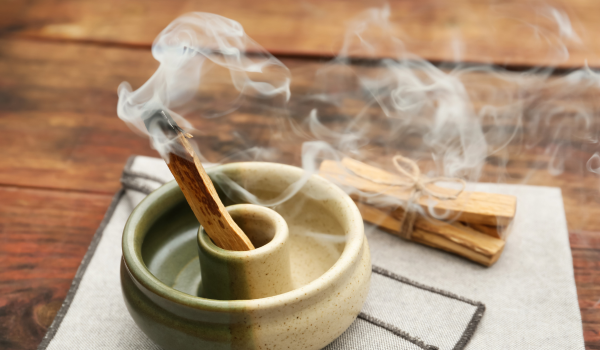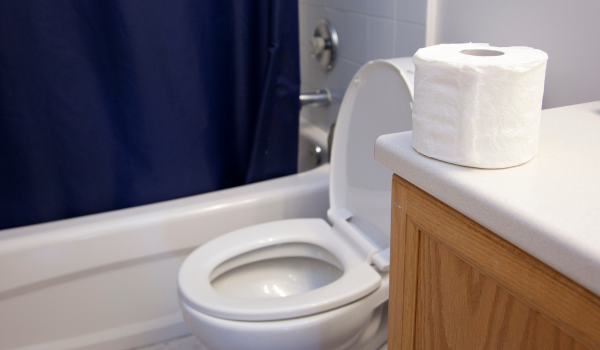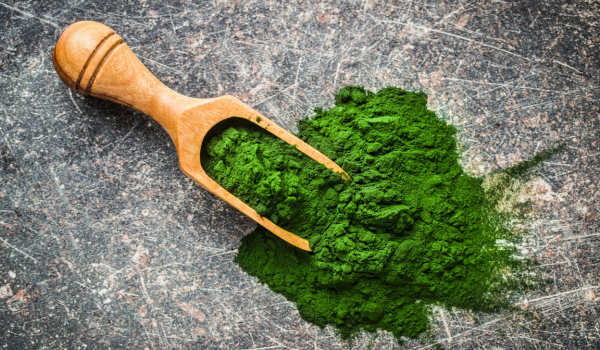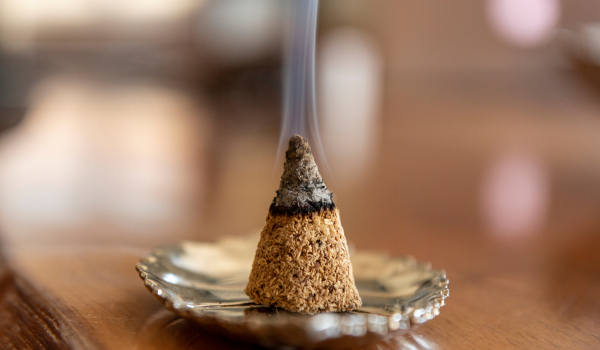
Palo azul (Eysenhardtia polystachya) is a shrub or small tree native to Mexico and southeastern North America. Traditionally, its bark is steeped in water to make a blue, fluorescent tea. Used for centuries in folk medicine, palo azul is valued for urinary, digestive, and inflammatory support, as well as antiseptic and wound-healing properties. Today, it is gaining attention for potential benefits in kidney health, digestive support, blood sugar regulation, and joint pain relief.
May Improve Kidney Health
Palo azul, often called “kidney wood,” contains flavonoids and fatty acids that may support kidney function and prevent kidney stones.
-
Antioxidant and anti-inflammatory effects protect kidney cells from oxidative stress, reducing the risk of stone formation.
-
Diuretic properties increase urinary flow and help flush out toxins and crystal-forming compounds.
Animal studies suggest these compounds may halt the growth of kidney stone crystals, though human studies are limited.
May Provide Digestive Support
The branches and leaves contain D-pinitol, making up nearly 27% of palo azul’s composition.
-
Animal studies indicate D-pinitol may help relieve diarrhea by delaying onset and preventing excess fluid accumulation in the intestines.
Further human research is needed to confirm these digestive benefits.
May Reduce Joint Pain and Inflammation
Palo azul may alleviate inflammation and joint pain associated with rheumatoid arthritis (RA).
-
RA involves an overactive immune response, producing inflammatory cytokines such as TNF-α, IL-6, and GM-CSF.
-
Flavonoids in palo azul bark show anti-inflammatory and analgesic effects in animal studies, potentially lowering cytokine levels and reducing joint pain.
More research is required to determine if these effects occur in humans.
May Aid in Blood Sugar Regulation
Palo azul may help maintain healthy blood glucose levels:
-
Flavonoids act as antioxidants, protecting cells from oxidative stress caused by excess sugar.
-
Potential to reduce formation of advanced glycation end products (AGEs) that contribute to diabetes progression.
Current evidence comes mainly from animal studies; human research is limited.
How To Use Palo Azul
Palo azul is typically enjoyed as a tea.
Preparation steps:
-
Boil 1 gallon of spring water.
-
Add 1 ounce (oz) of palo azul bark.
-
Simmer 20–30 minutes until amber liquid with blue hue forms.
-
Strain tea and enjoy hot or cold.
-
Refrigerate leftovers to preserve antioxidants.
Side Effects and Precautions
-
Limited research suggests palo azul is relatively non-toxic.
-
Consult a healthcare provider before use, especially if pregnant, lactating, or taking medications.
-
Reduce or discontinue consumption if nausea or gastrointestinal discomfort occurs.
Quick Review
Palo azul is a traditional herbal remedy, rich in flavonoids, saponins, tannins, and D-pinitol. Potential benefits include:
-
Kidney stone prevention
-
Digestive relief from diarrhea
-
Reduced joint pain and inflammation
-
Improved blood sugar regulation
Most evidence comes from animal studies, and more human research is needed. Always consult your healthcare provider before adding herbal remedies to your diet.






.png)

























